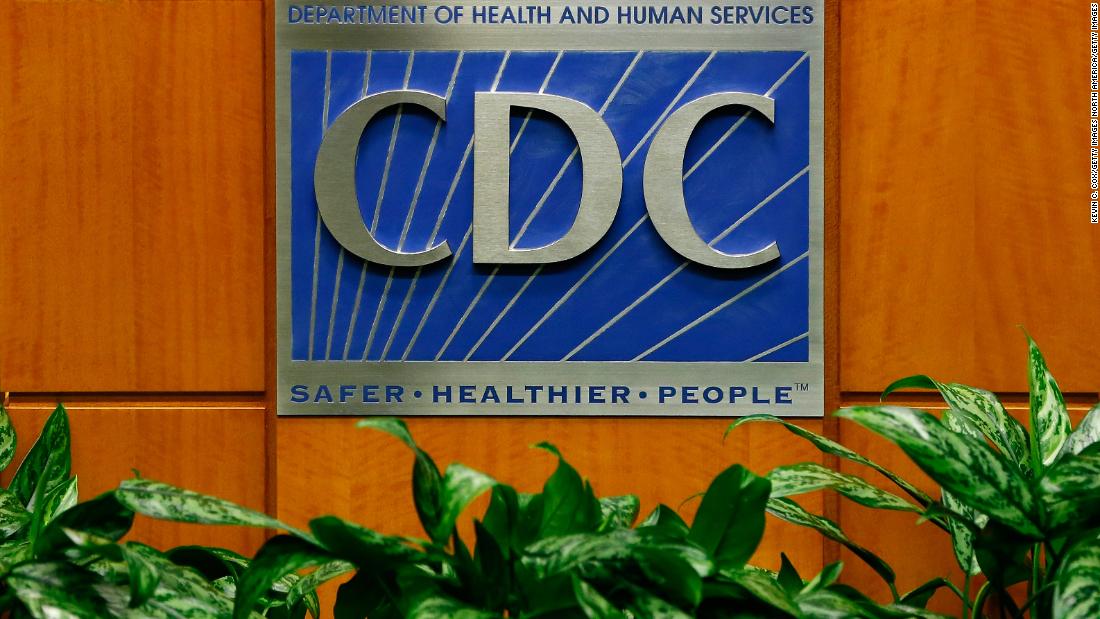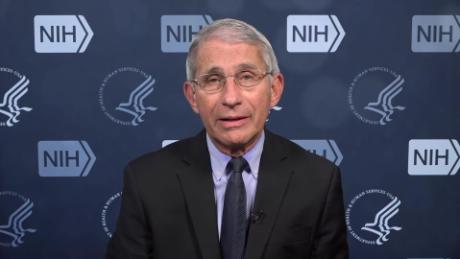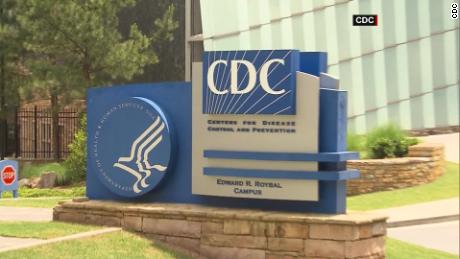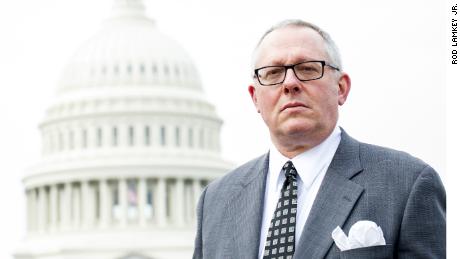Controversial testing guide didn’t get normal review, sources say
As the document was going through the process, one of the sources told CNN they woke up one morning and saw that the unaltered document had been posted on the CDC’s website in its original form and including some errors.
In a statement Thursday night, CDC Director Dr. Robert Redfield told CNN, “The guidelines, coordinated in conjunction with the White House Coronavirus Task Force, received appropriate attention, consultation and input from task force experts.”
A senior federal health official close to the process had previously told CNN that the sudden change in Covid-19 testing guidance was the result of pressure from the Trump administration, saying, “It’s coming from the top down.”
Admiral Brett Giroir, the White House coronavirus testing coordinator, said in a briefing just after the changes in August that the guideline updates were “a CDC action,” saying, “As always, guidelines received appropriate attention, consultation and input from task force experts — and I mean the medical and scientific experts.”
“There is no direction from President Trump, the Vice President, or the (Health and Human Services) secretary about what we need to do,” Giroir said at the time.
Giroir said White House Coronavirus Task Force members had signed off on the testing guideline document during a task force meeting in August.
Testing guidance updated again
Before the guidance was updated, the CDC website said: “Testing is recommended for all close contacts of persons with SARS-CoV-2 infection. Because of the potential for asymptomatic and pre-symptomatic transmission, it is important that contacts of individuals with SARS-CoV-2 infection be quickly identified and tested.”
The site was changed on August 24 to say: “If you have been in close contact (within 6 feet) of a person with a COVID-19 infection for at least 15 minutes but do not have symptoms, you do not necessarily need a test unless you are a vulnerable individual or your health care provider or State or local public health officials recommend you take one.”
“Due to the significance of asymptomatic and pre-symptomatic transmission, this guidance further reinforces the need to test asymptomatic persons, including close contacts of a person with documented SARS-CoV-2 infection,” it says.
“Testing is recommended for all close contacts of persons with SARS-CoV-2 infection. Because of the potential for asymptomatic and pre-symptomatic transmission, it is important that contacts of individuals with SARS-CoV-2 infection be quickly identified and tested,” the site now reads.
Viral tests are recommended in order to diagnose infection of symptomatic and asymptomatic individuals, to guide contact tracing, treatment options and isolation requirements, it says. The guidance notes that even if people do not have symptoms, they still need a test if you have been in close contact — such as within 6 feet — of a person with coronavirus infection for at least 15 minutes.
“In areas where there are a small number of new cases and limited spread, your public health department may request a small number of asymptomatic ‘healthy people’ to be tested,” the guidance says. “If there is significant spread of the virus in your community, your public health department may request significant numbers of asymptomatic “healthy people” to be tested in order to help stop the spread of the virus.”
CDC’s Redfield had noted the coming change before a Senate Appropriations subcommittee on Wednesday, saying, “We have never recommended against asymptomatic testing. You’ll see in the clarification we are making it very clear asymptomatic and presymptomatic transmission is important, and making it very clear if you have been exposed to somebody, you need to be tested and contact traced.”
More reports of pressure on health agencies
The testing change isn’t the only report of political interference in US health agencies by administration officials.
A senior administration official told CNN that former Trump campaign official turned chief HHS spokesman Michael Caputo and his team had demanded to see reports out of the CDC before they are released. Officials within HHS had defended the demand, saying the CDC fell under the agency’s umbrella and that all communications and public documents needed to be cleared at the top.
CDC’s Redfield said during the Senate Appropriations hearing this week, “At no time has the scientific integrity of the MMWR been compromised” — referring to the CDC’s Morbidity and Mortality Weekly Report.
“I can say that, under my watch, it will not be compromised,” Redfield said.
![]()










